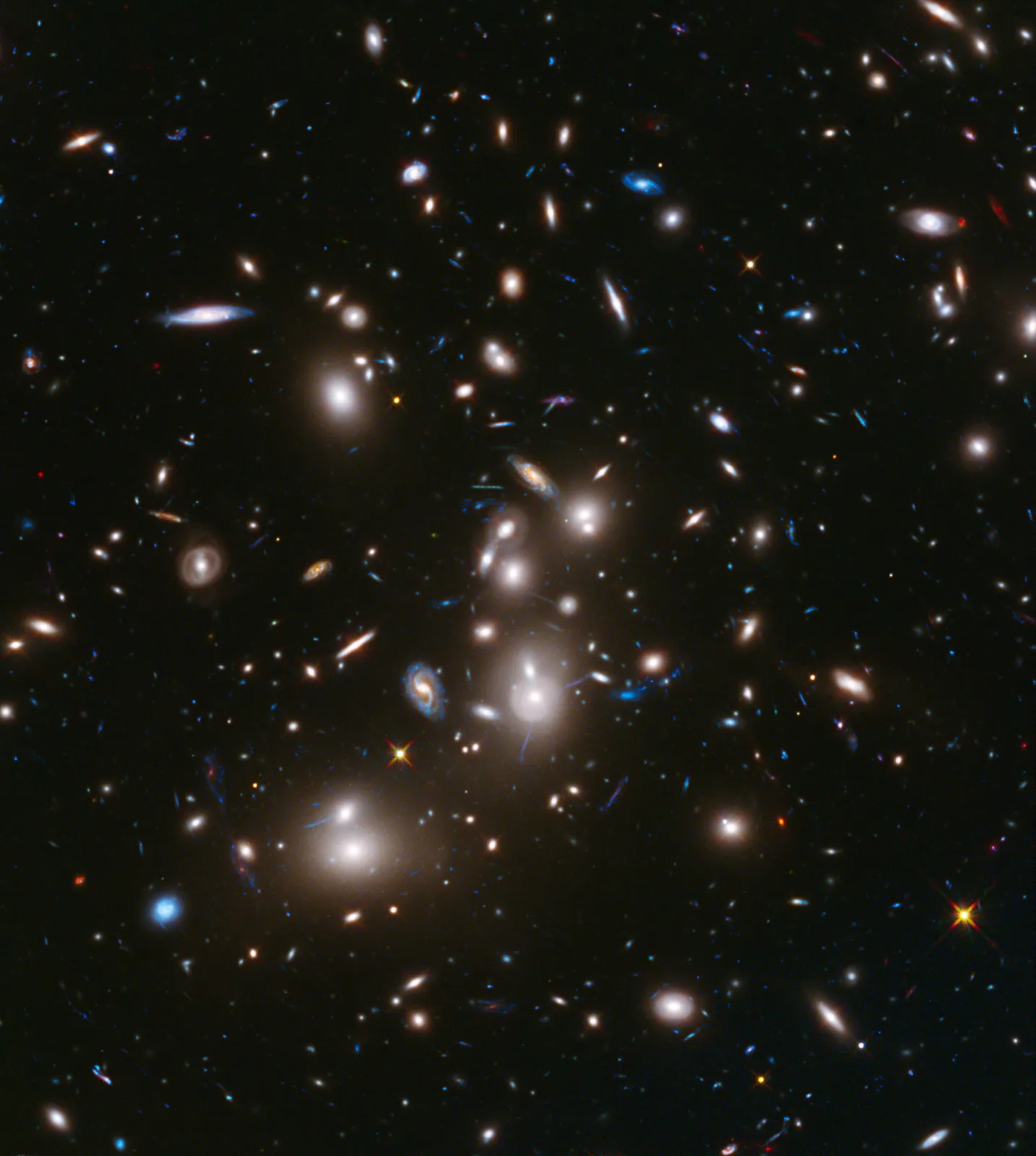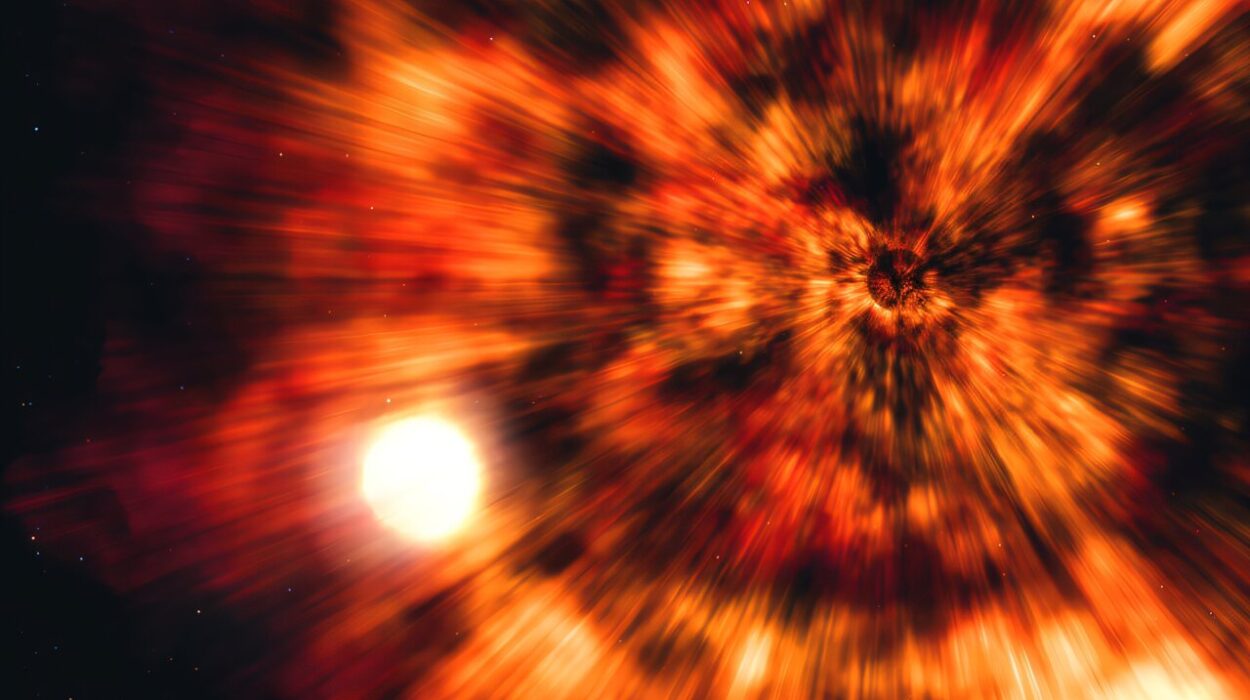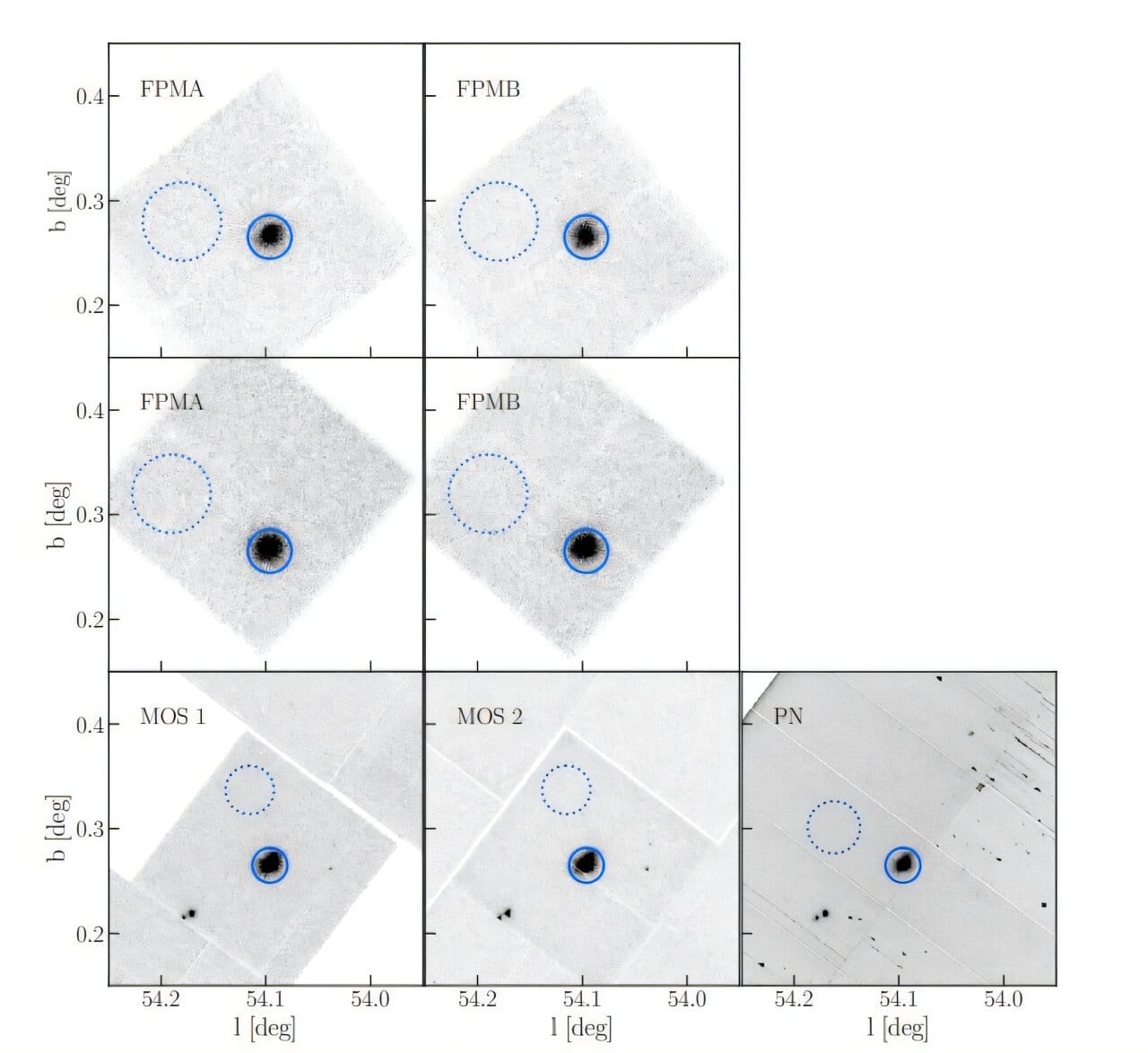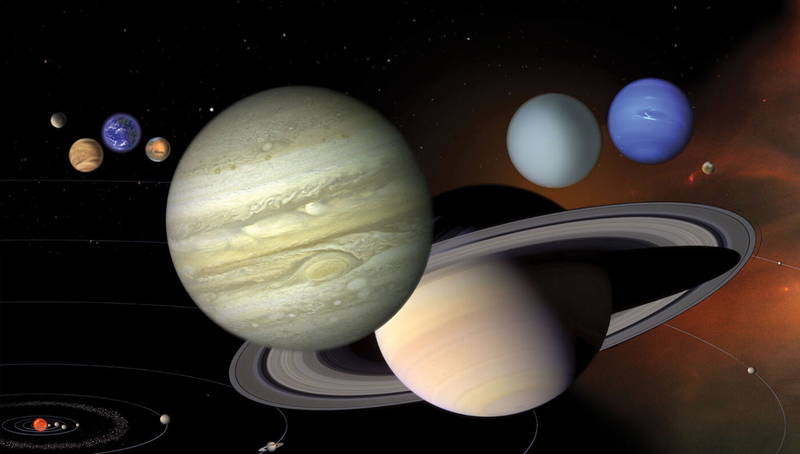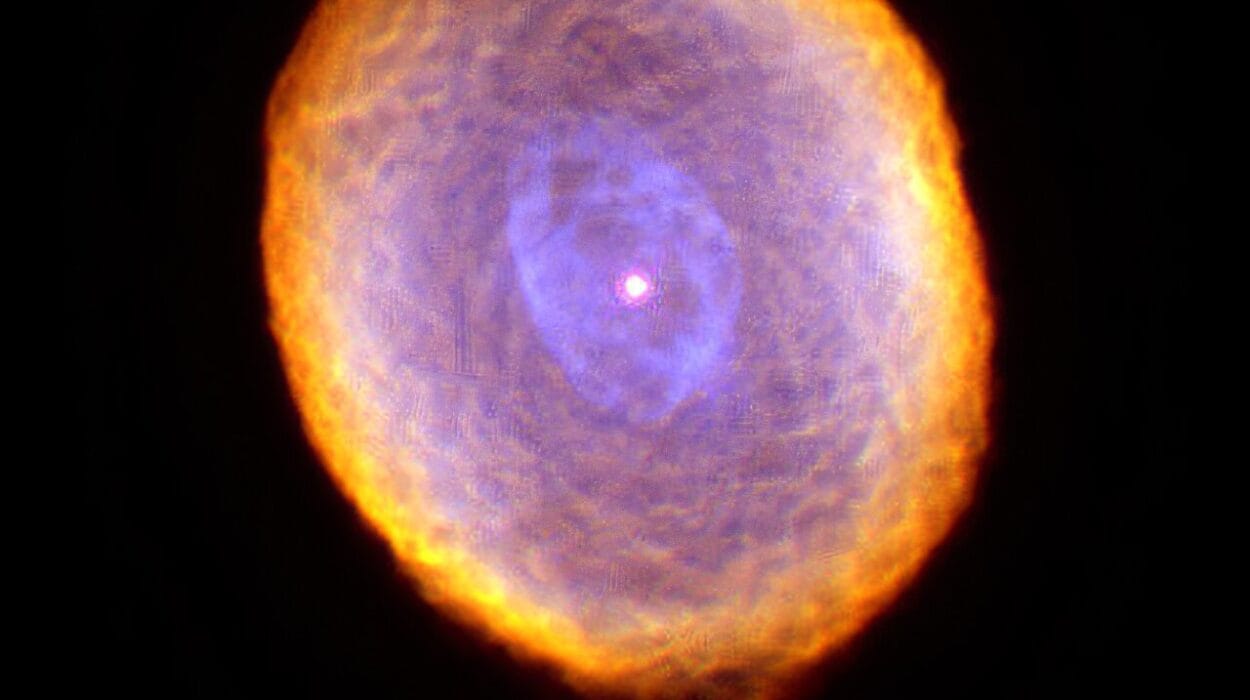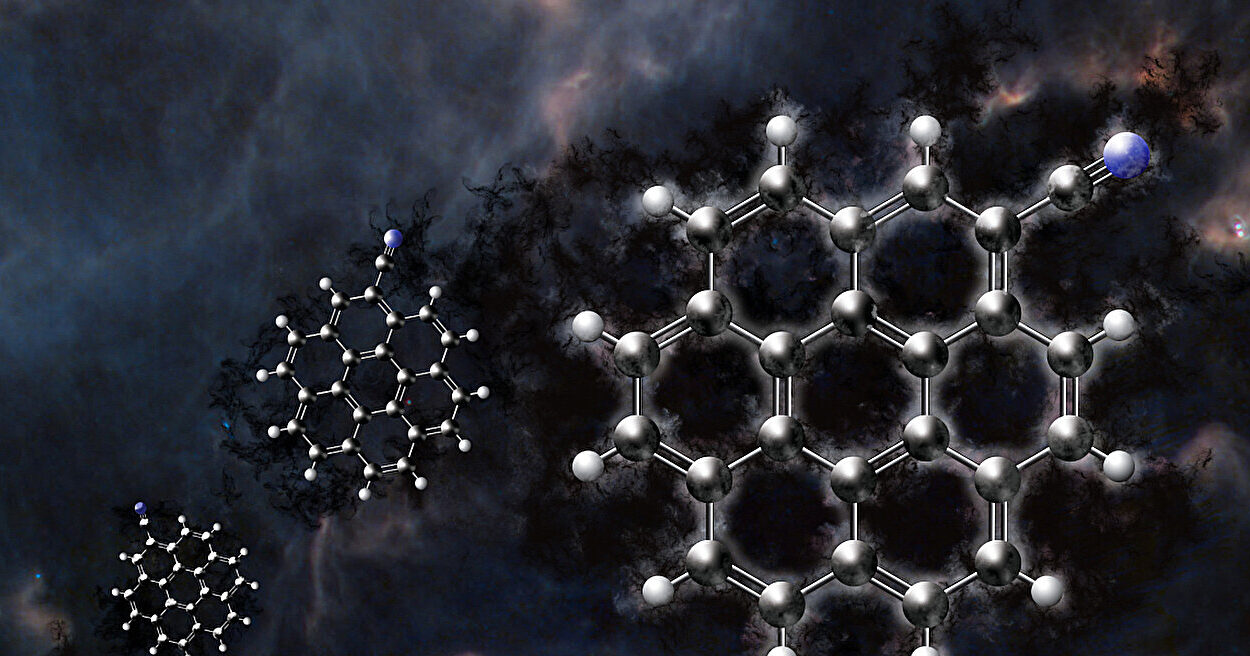If you were to step outside on a clear night, gaze at the stars, and ponder the universe, you’d likely feel a deep sense of awe. You might consider the vastness of space, the countless galaxies shimmering in the cosmic ocean, and the beauty of it all. What you probably wouldn’t realize—what no one realized until just a few decades ago—is that everything you see, everything we’ve ever observed, everything we’ve come to understand about the cosmos… makes up a measly 5% of it.
The rest? It’s mostly made up of two mysterious substances we can’t see and barely understand: dark matter and dark energy. And while dark matter acts as the invisible glue holding galaxies together, dark energy is even more enigmatic. It’s not just hiding in the background. It’s pushing the universe apart, accelerating its expansion in a way that defies common sense.
This is the story of dark energy—the unseen force that’s changing everything we thought we knew about the universe.
A Universe in Motion
Before we can appreciate how shocking the discovery of dark energy was, we need to rewind about a century and set the stage.
In 1929, astronomer Edwin Hubble made a revolutionary discovery: galaxies were moving away from us, and the farther away they were, the faster they seemed to be receding. This wasn’t because Earth was at the center of everything, but because space itself was expanding. Imagine dots drawn on a balloon. As the balloon inflates, every dot moves away from the others. The universe was doing something similar.
For most of the 20th century, scientists believed the universe’s expansion would eventually slow down. After all, galaxies contain mass, and mass exerts gravity. Over time, gravity should tug on all that expanding space and gradually decelerate it. The big question was: Would the expansion slow down gently, or would gravity eventually cause the universe to collapse back in on itself in a “Big Crunch”?
That’s where the story should have ended. But the universe had a shocking twist up its sleeve.
The Cosmic Surprise: An Accelerating Universe
In the late 1990s, two independent teams of astronomers—the Supernova Cosmology Project and the High-Z Supernova Search Team—set out to measure how fast the universe was slowing down. They studied Type Ia supernovae, which are exploding stars so bright they can be seen across vast cosmic distances. Because these supernovae always explode in the same way and at about the same intrinsic brightness, they act as “standard candles” for measuring distance.
What they found stunned everyone. The distant supernovae were fainter than expected—not because they were farther away due to an early rapid expansion, but because the expansion of the universe was speeding up.
Let’s be clear: this was completely unexpected. Instead of slowing down, the universe was accelerating in its expansion. It was as if there was some mysterious force, a kind of anti-gravity, pushing galaxies away from each other faster and faster.
This repulsive force was dubbed dark energy, and it’s now believed to make up nearly 70% of the total energy content of the universe. But what exactly is dark energy? That’s where the mystery deepens.
What Dark Energy Is… and Isn’t
Let’s start with the simplest fact: we don’t know what dark energy is. But that doesn’t mean we’re completely in the dark (pun intended). Scientists have a few ideas about what it might be, based on observations and theoretical physics.
1. The Cosmological Constant (Λ)
The most straightforward explanation comes from none other than Albert Einstein himself.
When Einstein developed his theory of General Relativity, he realized that gravity should cause the universe to collapse under its own weight. To prevent this, he added a mathematical “fudge factor” to his equations called the cosmological constant, or Λ (Lambda). This was a kind of repulsive energy embedded in the fabric of space itself.
When Hubble discovered that the universe was expanding, Einstein reportedly called his cosmological constant the “biggest blunder” of his career. But was it?
After the discovery of the accelerating universe in the 1990s, scientists revisited the cosmological constant. They realized it could explain dark energy—an intrinsic energy of empty space that doesn’t thin out as the universe expands. Instead, it stays constant, and as space grows, there’s more “space” for this energy to exist in. More space means more repulsion, and the expansion accelerates.
But the cosmological constant raises questions. Quantum field theory predicts a vacuum energy that’s 10¹²⁰ times larger than what we observe for dark energy. That’s a 1 followed by 120 zeros—the largest discrepancy between theory and observation in all of physics.
2. Quintessence
What if dark energy isn’t a constant at all? Some physicists propose a dynamic, changing energy field called quintessence (a nod to the ancient concept of a fifth element beyond earth, water, air, and fire).
Unlike the cosmological constant, quintessence could vary over time and space. It might grow stronger or weaker as the universe evolves. If this were true, it might explain why dark energy’s effects are only becoming dominant now, billions of years after the Big Bang.
But there’s no direct evidence for quintessence yet. It’s an elegant idea, but the universe isn’t giving up its secrets easily.
3. Modified Gravity
Maybe the problem isn’t with energy at all. Maybe gravity itself doesn’t behave the way we think it does on cosmic scales.
Einstein’s General Relativity works beautifully within our solar system and for galaxies. But some scientists speculate that it might break down over incredibly vast distances. If gravity weakens (or changes form) on cosmic scales, that might explain why the expansion is speeding up.
Modified gravity theories are tricky, though. They have to account for everything General Relativity already explains and still match the observations of dark energy. So far, no modified theory has fully succeeded.
The Evidence for Dark Energy
You might wonder: how do we know dark energy is real? Couldn’t there be some other explanation? Here’s where the evidence piles up.
1. Supernova Observations
As we mentioned, Type Ia supernovae were the first direct clue. They showed that distant galaxies are receding faster than they should if gravity were the only force at play.
2. Cosmic Microwave Background (CMB)
The CMB is the afterglow of the Big Bang, a faint glow of radiation that fills the universe. Precise measurements by satellites like WMAP and Planck reveal the shape and content of the universe.
The CMB data tell us that the universe is flat, meaning its geometry isn’t curved inward (like a sphere) or outward (like a saddle). For the universe to be flat, the total energy density must be a specific value. But matter (both normal and dark) only accounts for about 30% of that. Dark energy makes up the missing 70%.
3. Baryon Acoustic Oscillations (BAO)
These are ripples in the distribution of galaxies, like sound waves frozen in space. They offer another independent way to measure the universe’s expansion history and confirm that dark energy is needed to explain the data.
4. Large-Scale Structure
The way galaxies cluster and form large-scale structures in the universe also supports the existence of dark energy. Without it, gravity would pull everything together much more than we observe.
The Fate of the Universe
What happens to a universe dominated by dark energy? The answer depends on what dark energy really is.
1. The Big Freeze
If dark energy is the cosmological constant and stays constant forever, the universe will expand forever, getting colder and emptier over time. Galaxies will drift apart until distant galaxies are no longer visible. Stars will burn out, and black holes will evaporate. Eventually, the universe will reach a state of heat death, where no useful energy remains. This is often called the Big Freeze.
2. The Big Rip
If dark energy gets stronger over time (as in some quintessence models), it could eventually tear apart everything in the universe. First, galaxies would be ripped apart, then solar systems, planets, and eventually atoms themselves. This horrifying scenario is called the Big Rip.
3. The Big Crunch or Bounce
If dark energy changes and reverses (becoming attractive rather than repulsive), the universe could stop expanding and collapse back in on itself, leading to a Big Crunch. Some theories suggest this could lead to a cyclic universe, where a new Big Bang follows the collapse.
Right now, the data suggests the Big Freeze is the most likely outcome. But until we understand dark energy fully, we can’t rule out other possibilities.
Why Dark Energy Matters
You might be thinking: “Okay, dark energy is strange and all, but why should I care?”
Fair question. Here’s why:
- It’s 70% of the universe. Ignoring dark energy is like ignoring the ocean because you’re standing on the beach.
- It challenges our understanding of physics. Dark energy might reveal new physics beyond Einstein, beyond quantum mechanics, beyond the Standard Model. It could lead to the next scientific revolution.
- It reshapes our destiny. Understanding dark energy helps us predict the ultimate fate of the cosmos. Will the universe die cold and dark? Will it be torn apart? Or will it cycle forever?
- It connects to other mysteries. Dark energy might be linked to dark matter, quantum fields, extra dimensions, or the very fabric of space-time.
Exploring the Darkness: How We Study Dark Energy
Scientists aren’t sitting around waiting for answers. They’re building tools to explore the dark universe.
1. Telescopes and Surveys
Projects like the Dark Energy Survey (DES) and Euclid Space Telescope are mapping the distribution of galaxies to study how dark energy affects their growth.
The Vera C. Rubin Observatory will perform the Legacy Survey of Space and Time (LSST), capturing vast amounts of data on supernovae and galaxy clustering.
2. Space Missions
NASA’s Nancy Grace Roman Space Telescope will focus on understanding dark energy through observations of supernovae, BAO, and gravitational lensing.
3. Laboratory Physics
Some physicists are exploring the idea that dark energy might arise from new quantum fields or particles that could be detected in high-energy experiments or precision measurements.
The Cosmic Enigma Continues
Dark energy remains the greatest unsolved mystery in cosmology. It’s invisible, pervasive, and utterly strange. It’s rewriting our understanding of the cosmos, and yet it remains elusive, like a shadow we can never quite grasp.
We’ve come a long way since Hubble’s discovery of the expanding universe. We’ve unlocked secrets about black holes, dark matter, and the Big Bang. But dark energy stands as the ultimate frontier.
The quest to understand dark energy is more than a scientific challenge. It’s a profound journey that asks us to reconsider our place in the universe. Are we living in the twilight of cosmic history, witnessing the universe’s quiet fade into darkness? Or is there more to discover—something that will redefine the laws of nature themselves?
As we peer into the night sky, we are staring into a vast, dark mystery. And somewhere out there, hidden in the darkness, lies the answer.
